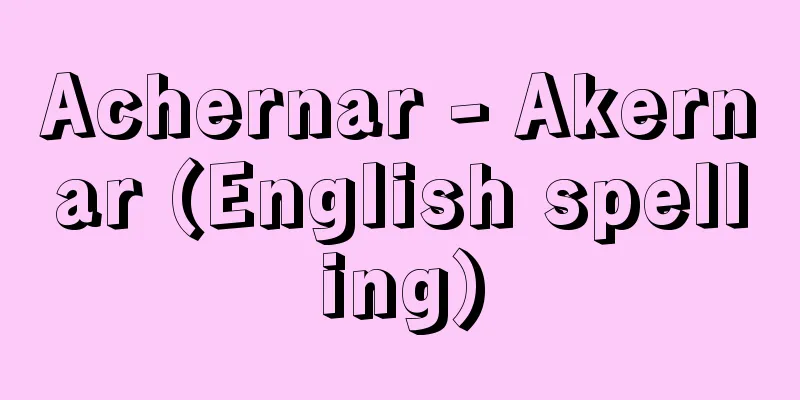Decorative sash - Kazari Nanako

|
...A weave in which two or more warp and weft threads are woven in parallel in a plain weave, with a rough, basket-like pattern of rising and falling, is called a regular twill weave, and is called a 2-strand, 3-strand, or 4-strand twill, respectively (see figure). A mixed weave that combines a twill weave with a plain weave, or a combination of large and small twill, is called an irregular twill, and a combination of a twill, plain weave, and rib weave, or a weave that is made stronger or has a pattern by increasing or decreasing the number of weave points, is called a bonded twill or twill pattern, and is generally called a variable twill or decorative twill. In recent years, this weave has been widely used for silk, cotton, wool, linen, and synthetic fibers, and has a rough, thick texture and visible weave, making it highly breathable. ... *Some of the terminology explanations that mention "decorative sash" are listed below. Source | Heibonsha World Encyclopedia 2nd Edition | Information |
|
…経緯糸ともに2本以上ずつを並列して平織にして籠編目のように粗く浮沈を現した織組織のことを正則斜子織といい,それぞれ,2本,3本,4本斜子と呼ぶ(図)。斜子組織と平組織を組み合わせたり,大小の斜子を組み合わせた混合組織のものを不規則斜子,また斜子,平織,畝織を組み合わせたり組織点を増減して組織を丈夫にするとか模様化したものを接結斜子,斜文斜子といい,総じて変化斜子,飾斜子と呼ぶ。近年は絹,綿,毛,麻のほか,化合繊に多く使われる組織で,ざっくりした地厚感があって織目が出るので通気性に富む。… ※「飾斜子」について言及している用語解説の一部を掲載しています。 出典|株式会社平凡社世界大百科事典 第2版について | 情報 |
>>: 《Kasari Nato》 - No decoration
Recommend
Noroma (Norouma) - Noroma
Clown puppets. In the early modern period, Kyogen ...
English foxhound (English spelling)
…There are two types of foxhounds, one originatin...
Metal mold casting - something impossible
...Also, a vacuum molding method (V process) has ...
hair pencils
…They fly slowly. In addition to having scent sca...
Cession (English spelling)
A method of acquiring or losing national territor...
Protandry
...Black porgy and bivalve oysters once function ...
Cannabis sativa; hemp
An annual plant of the mulberry family. Sometimes ...
Vienna style action
…This system was improved by Johann Andreas Stein...
Foam fractionation
...This is a method in which the gas dissolved in...
Heavy oil - Jyuyu (English spelling) fuel oil
A type of fuel oil, it is called heavy oil becaus...
Krylov, Ivan Andreevich
Born: February 13, 1769, Moscow Died November 21, ...
promenade concerts
…A shady promenade is called a mall, but this is ...
Conidia - Conidia
〘 noun 〙 A type of asexual spore found in fungi. T...
Study Abroad Regulations
...Overseas study at the end of the Edo period wa...
Spalding, AG (English spelling) SpaldingAG
… [origin] In 1907, the Committee to Investigate ...









